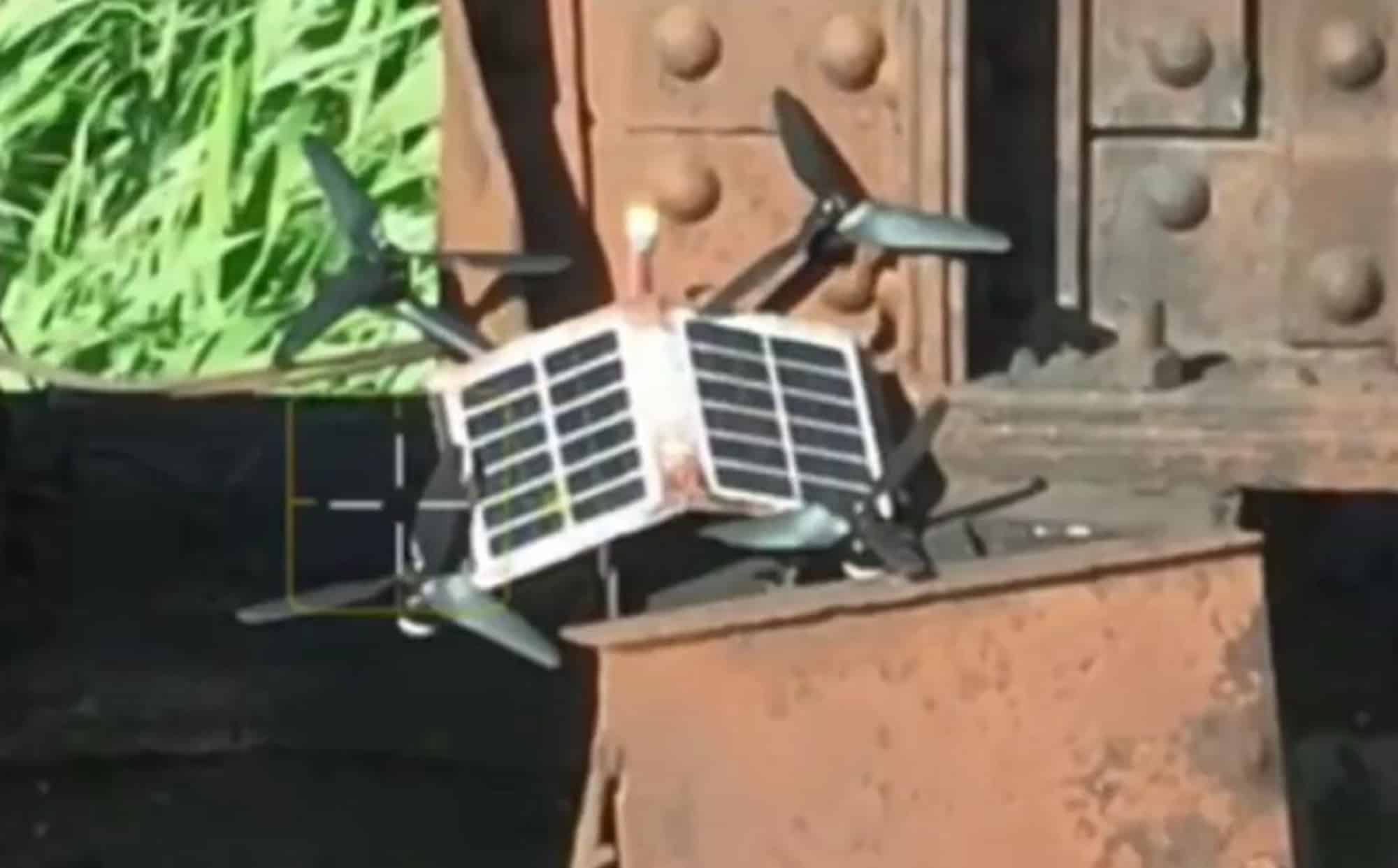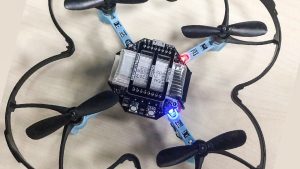The New Dawn: Russian Solar-Powered Ambush Drones and the Future of Drone Warfare
Drones have reshaped modern military strategies, yet Russia’s latest innovation—solar-powered ambush drones—heralds a new era. Picture a stealthy, autonomous observer perched discreetly for days, poised to strike without warning. This isn’t science fiction; it’s unfolding on Ukraine’s battlefields. Here, we delve into this groundbreaking technology’s intricacies, implications for drone enthusiasts, and what it signifies for future aerial surveillance and attacks.
The Rise of the Solar-Powered Ambush Drone
In the Kherson region near the Dnipro bridge, Russian forces have deployed FPV drones enhanced with lightweight solar panels, marking a significant leap in ambush drone capabilities. Traditionally, FPV drones required frequent battery changes limiting their operational time, but now, equipped with solar cells, they can remain charged indefinitely during daylight.
How Does It Work?
- Lightweight Solar Panels: These drones use solar panels weighing under 0.5 pounds (approximately 220 grams), generating around 5 watts—enough to power cameras and transmitters.
- Energy Management: Analyst DanielR notes that solar cells connect to the 5-volt bus that powers the VTX and camera, conserving the main battery for attack missions.
- Ambush Tactics: Operators can land drones inconspicuously, where they remain dormant, using minimal energy for surveillance until activation upon target detection.
- Enhanced Features: Newer models feature landing legs for better observation and fiber-optic cables to extend mission duration.
Real-World Impact and Military Applications
The deployment of solar-powered ambush drones goes beyond technology—it’s a tactical revolution:
1. Indefinite Surveillance
Solar cells allow drones to serve as constant aerial monitors, invaluable for tracking supply routes or guarding borders.
2. Reduced Operational Burden
Minimizing battery swaps decreases risks to operators and enhances continuous monitoring efficacy.
3. Cost-Effectiveness
This upgrade is highly accessible due to the affordability and availability of solar panels.
4. Psychological and Strategic Advantages
The presence of unseen drones can cause significant psychological stress on enemy forces, increasing their uncertainty.
The Bigger Picture: How Drone Warfare is Evolving
Solar-powered ambush drones are a single facet of the expanding military drone landscape:
Swarm Tactics and Mass Production
Russia and others use mass-produced, low-cost drones, like the Shahed, to challenge air defenses. These drones, affordable yet effective, present a formidable challenge to traditional air defense systems.
Enhanced Sensor and AI Integration
Modern military drones incorporated with thermal imaging and AI capabilities are redefining night operations and target identification, often relying on machine vision rather than GPS for navigation.
Adaptive Countermeasures
Ukrainian forces’ strategies like mobile fire units exemplify innovation in countering drone swarms effectively.
What This Means for Drone Enthusiasts and Professionals
The swift advancement in drone technology carries significant implications:
Choosing the Right Drone
- Purpose Matters: It’s crucial to select a drone tailored to specific needs, whether for photography, videography, or commercial purposes.
- FPV Drones: These are ideal for real-time video and immersive experiences, popular in both recreational and professional contexts.
- Business Applications: From agriculture to emergency response, drones play diverse roles in various industries.
Understanding Drone Regulations
- Legal Landscape: Regulations evolve rapidly; understand local drone laws regarding licenses and no-fly zones.
- Safety First: Always adhere to manufacturers’ safety guidelines and best practices.
Emerging Trends to Watch
- Energy Efficiency: Innovations like solar-powered drones signal an ongoing push towards longer flight times and reduced environmental impact.
- AI and Machine Learning: AI’s influence is growing among consumer drones, enhancing navigation and data processing.
- Global Collaboration: Nations are forging partnerships, such as between Belgium and Türkiye, to bolster their drone capabilities, emphasizing collaboration.
Expert Tips and Real-Life Stories
DanielR, OSINT Analyst:
“Integrating solar panels into FPV drones for long-term surveillance is revolutionary. Key is in managing the energy conversion effectively, but with economical panels, it’s a worthwhile investment.”
Client Case Study:
A security firm in Eastern Europe noted a 300% surveillance time increase using solar-powered drones, eliminating manual battery changes and significantly improving operations.
Common Mistakes and How to Avoid Them
- Overloading the Power System: Ensure solar panel output aligns with the drone’s specifications.
- Neglecting Weather Conditions: Ideal for sunny locales, poor weather affects efficacy.
- Ignoring Regulations: Always confirm compliance with local laws for drone operations.
- Underestimating Maintenance: Routine checks ensure longevity, especially for solar-powered systems.
The Human Side: Our Approach and Success Stories
At [Your Brand Name], we equip clients with cutting-edge technology backed by expert advice. Our experienced team supports clients across sectors, optimizing drone use for safety and efficiency.
Success Story:
A Moscow-based film company captured breathtaking footage over several uninterrupted days, thanks to customized solar-powered FPV drones, highlighting their adaptability and dependability.
Looking to the Future
Integrating solar power, AI, and advanced sensors marks the beginning. As battery technology and AI mature, drones will become more autonomous and efficient. The future, both in warfare and civilian use, will hinge on innovation, cooperation, and ethical stewardship.
Memorable Insights and Light Humor
Remember, not all drones possess equal grace; some resemble “flying lawnmowers” (looking at you, Shahed!). Regardless of your expertise, exploring drones has never been more thrilling. Perhaps your next drone will silently guard your yard like a high-tech sentinel.
Key Takeaways
- Russian solar-powered ambush drones reshape tactics with indefinite surveillance and reduced operational demands.
- Mass-produced, affordable drones are disrupting traditional air defense strategies.
- AI and machine learning enhance drone sophistication and autonomy.
- Civilian and professional users can embrace these innovations by selecting the right drones and staying abreast of regulatory changes.
- Collaboration and innovation remain key to advancing the dynamic drone industry.













